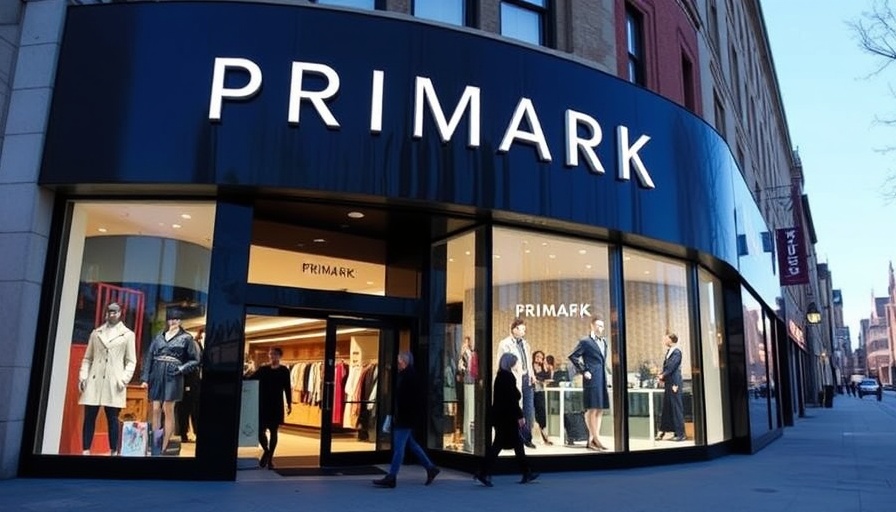
Primark's U.S. Strategy: A New Marketing Approach
Primark, the Irish retail giant known for its stylish yet affordable clothing, is ramping up its marketing efforts in the United States as part of a renewed strategy to increase brand awareness. Despite having established a presence in the U.S. for a decade, many consumers remain unaware of the unique offerings that Primark provides. This is the challenge that Rene Federico, the newly appointed Head of Marketing for Primark U.S., aims to tackle.
New Leadership to Drive Brand Awareness
Federico, who joined Primark in September 2024 after two decades with Nike and Converse, is uniquely positioned to guide the brand’s marketing strategy. He acknowledges the need for greater consumer awareness in the U.S. market, stating, "We have a differentiated position as a retailer; [consumers] just need to know about us, and that’s where I come in.” With plans to leverage both traditional and digital media, Federico's goal is to enhance brand visibility through a holistic approach.
The Launch of Fresh Marketing Campaigns
On April 21, Primark is set to launch a new marketing campaign themed around "falling in love with Primark again and again." This follows the success of its first-ever U.S. campaign that occurred in the New York metro area last October. The upcoming campaign aims to expand its reach beyond this core market using social media, streaming, and linear TV ads. Federico emphasized that the focus is on creating awareness and emphasizing the value that consumers can find at Primark.
Transparent Pricing and Customer Loyalty
Primark distinguishes itself from competitors with its straightforward pricing strategy. Unlike many retailers that rely on discounts and coupons to drive traffic, Federico states, "We offer honest prices without making shoppers jump through hoops." This transparency positions Primark as a refreshing alternative in a market often driven by sales promotions and complex loyalty programs.
Building for the Future: Expanding Store Presence
The brand’s growth trajectory indicates that there are plans to open additional stores in the Southern and Midwestern U.S. regions. This physical expansion, combined with the marketing push, suggests a dual approach to enhancing brand recognition while meeting consumer needs directly. As Primark focuses on a brick-and-mortar presence, Federico highlights the importance of understanding customer behavior, noting, “Currently, customers return about three times a year, which may increase as we enhance our marketing efforts.”
The Challenges Ahead
While Primark has a strong foundation, transitioning its existing European success to the U.S. presents challenges. As it navigates the competitive apparel market, the effectiveness of its marketing strategies will need to be carefully tracked through customer feedback and sales data. Federico aims to implement effective measures to gauge the impact of campaigns, indicating a desire for genuine engagement with customers.
Conclusion: Embracing New Opportunities
As Primark positions itself for a stronger foothold in the U.S. market, the innovation stemming from this strategic marketing push holds the potential for significant returns. By focusing on building brand equity through a compelling narrative of affordability and style, combined with customer-first practices, Primark is setting the stage for a bright future in a competitive landscape.
Whether you’re in the retail space or simply an interested consumer, staying informed on Primark’s evolving strategies can provide valuable insights into effective market positioning and consumer engagement. Embrace the change and explore the evolving retail landscape!
 Add Row
Add Row  Add
Add 




Write A Comment